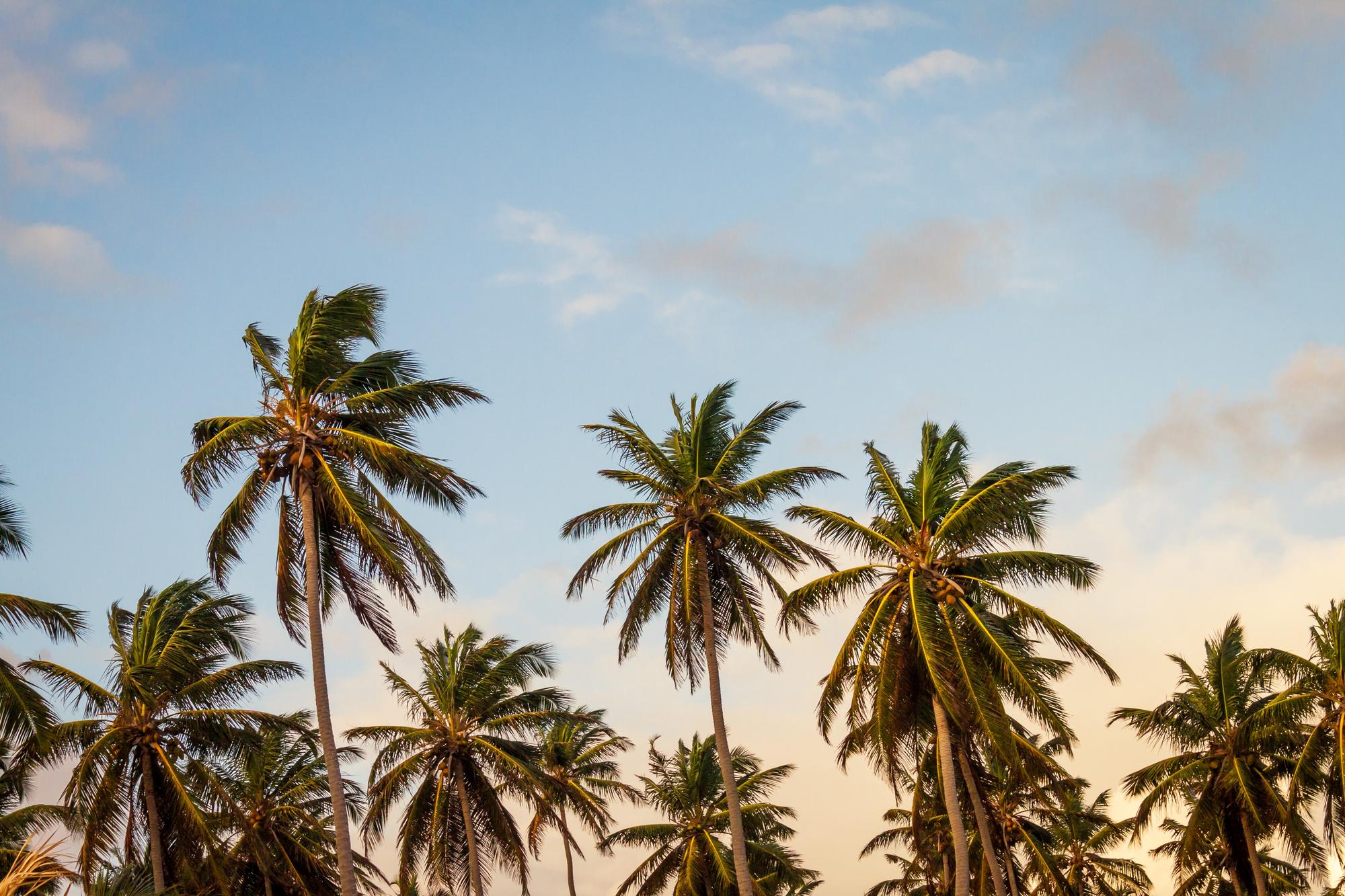Edibles are having a moment—and not just because they taste like candy. In the age of gummies and microdoses, they’ve become the friendliest doorway into cannabis: discreet, lung-friendly, and increasingly precise. Gummies now dominate the category, accounting for roughly three-quarters of U.S. edible sales, with chocolates a clear but distant runner-up. Older adults and women also show above-average affinity for edibles compared with other product types.
Why the surge? First, edibles solve for convenience and discretion. No lighter, no smell, no gear—just a dose and go. They also resonate with newcomers and wellness-minded consumers who prefer not to inhale. Potential first-timers overwhelmingly pick edibles as their entry point, and a growing share of current users say they’re shifting away from flower toward non-inhalables.
Second, innovation has been swift. “Fast-acting” formulas use emulsions to shorten the classic two-hour wait, delivering more predictable onset. While still a small slice of sales, these SKUs generate outsized revenue per product and often command a premium. Shoppers are increasingly willing to pay more for quick-onset gummies.
Third, flavor and function have evolved. Beyond berry and citrus, consumers now find 1:1 or 2:1 CBD:THC blends for balance and CBN-for-sleep SKUs aimed at nighttime routines. In California, CBN-infused edibles have surged in share as sleep-positioned gummies from leading brands climb the charts—consumer enthusiasm outpacing still-developing clinical evidence.
Of course, “start low, go slow” still rules the road. Because edibles are processed through the digestive system and liver, effects can take 30 minutes to two hours to begin, often peaking several hours later and lasting up to 12 hours or more. Public-health guidance consistently warns that this delay drives accidental overconsumption; most agencies recommend beginners start with just 2.5–5 mg THC and wait at least two hours before considering more. Store edibles securely—look-alike snacks and long duration are common reasons for poison-control calls. Pro tip: check labels for THC per serving versus per package, and favor single-serve or clearly scored pieces so one bite doesn’t become two doses. Child-resistant packaging helps, but a locked cupboard beats a countertop stash—especially in busy shared households.
Cannabis beverages remain a niche inside the edible family, but they showcase just how varied the category has become. In early 2025, beverages captured about 6% of edible sales (and roughly 1% of total cannabis dollars), trailing candies and chocolates yet growing as brands refine flavor and onset.
Looking ahead, two forces should keep demand sizzling: clearer labeling and better predictability. As brands publish straightforward cannabinoid ratios, onset guidance, and use-case cues (sleep, focus, recovery), consumers enjoy repeatable experiences. Meanwhile, category leaders—gummy brands that top state charts—build trust through consistency and reviews, which keeps shoppers coming back.
Bottom line: edibles win because they fit modern life. They’re portable, precise, and increasingly purpose-built—great for a mellow movie night, post-hike recovery, or winding down for sleep. Respect the timeline, respect the dose, and edibles return the favor with a clean, comfortable ride. For newcomers and veterans alike, that’s a recipe that keeps winning baskets—and hearts—one gummy at a time.


